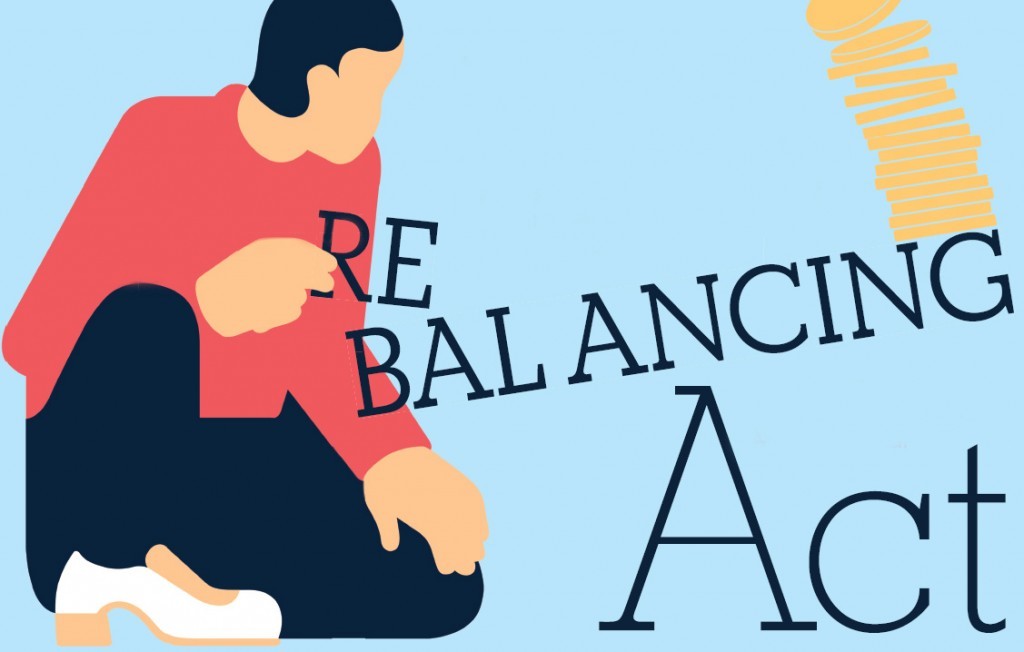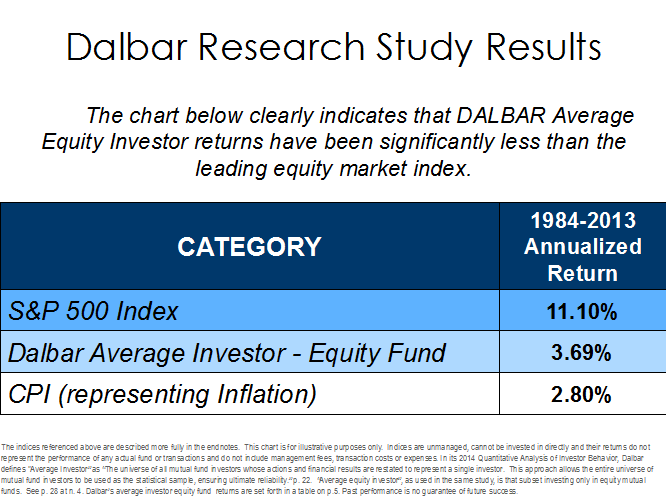How useful is portfolio rebalancing and how often should I do it
Post on: 16 Март, 2015 No Comment

Monday, February 4th, 2013
by Brian Picariello
Some people do it quarterly. Some do it once a year. At my wealth management firm we do neither: We take a different approach for our clients.
Before I explain the approach my wealth management firm follows for our clients, we should first consider the purpose of rebalancing.
Why rebalance?
The holdings in your investment portfolio should be based on a target asset allocation you set with your wealth advisor that will return to you a certain amount of money with an acceptable level of risk (volatility) over a specific time. Your target allocation should be based on your financial planning goals and investment risk tolerance.
Over time, the asset allocations of all portfolios shift from their original targets, becoming either too risky or too conservative. As some asset classes outperform others, these higher-return (and higher-risk) holdings then comprise a larger percentage of a portfolio than what was optimally intended. Conversely, the intended weightings to some asset classes that have underperformed shrink in exposure to a smaller-sized allocation than desired. The portfolio no longer reflects the investor?s preferred level of risk exposure.
Getting back in line with the intended target allocation requires reducing exposure to the overweighted asset classes and increasing exposure to the underweighted ones. Selling some of your overweighted asset class holdings and redeploying that money to your underweighted ones will return your portfolio to its targeted allocation.
Bear in mind, however, that each time you rebalance your portfolio, the buying and selling of holdings incurs transaction costs. Additionally, there could be tax consequences for the holdings that need to be sold. So a portfolio rebalancing strategy needs to strike a balance between minimizing portfolio risk and accepting the costs of doing so.

Different rebalancing strategies
We do not believe rebalancing a portfolio based just on a monthly, quarterly or yearly time schedule is the best approach. This does not take into account how much or little a portfolio?s asset allocation has drifted. We believe the more sensible approach is to rebalance when an asset class exposure drifts a significant enough amount to make rebalancing cost effective and worthwhile.
Different asset classes trade within different bands of price fluctuation, so at Traust Sollus we set rebalancing parameters wider for some holdings and narrower for others. The wider the typical short-term volatility, the wider the band we set; otherwise we would be rebalancing every time the market twitched.
For equity asset class holdings, we typically set the widest tolerance band to trigger a reallocation. For liquid real asset holdings, our tolerance trading band is slightly narrower, while for investment grade municipal bond allocations it is much narrower due to the low volatility of the asset class. When clients have significant amounts of new money to add to their portfolios, we always invest it in such a way as to move the portfolio closer to its target allocation. We keep an eye out for opportunistic rebalancing situations, particularly when tax-planning moves can reduce taxes.
If you do not know if or how your wealth advisor is handling portfolio rebalancing for you, call and ask.














